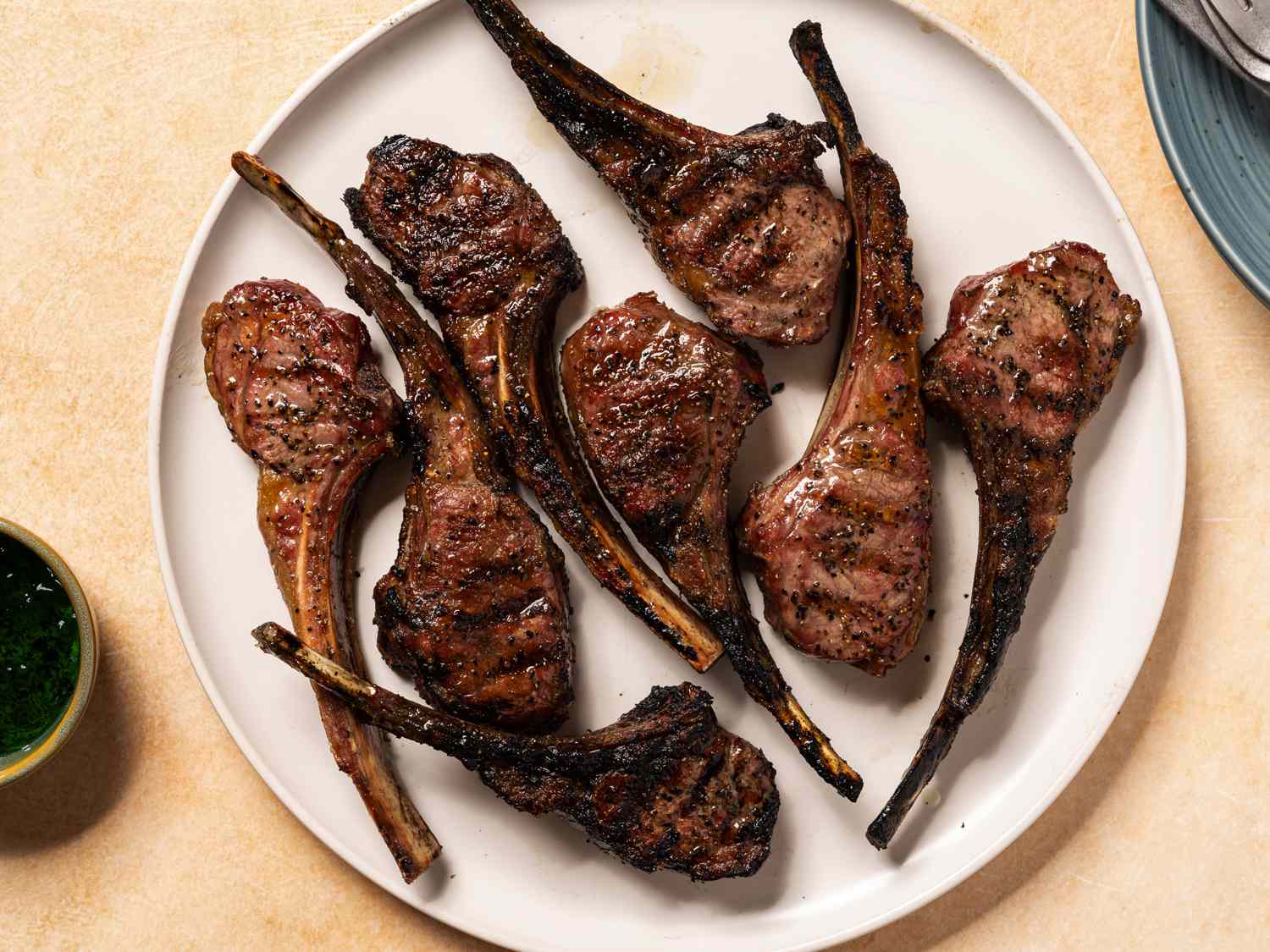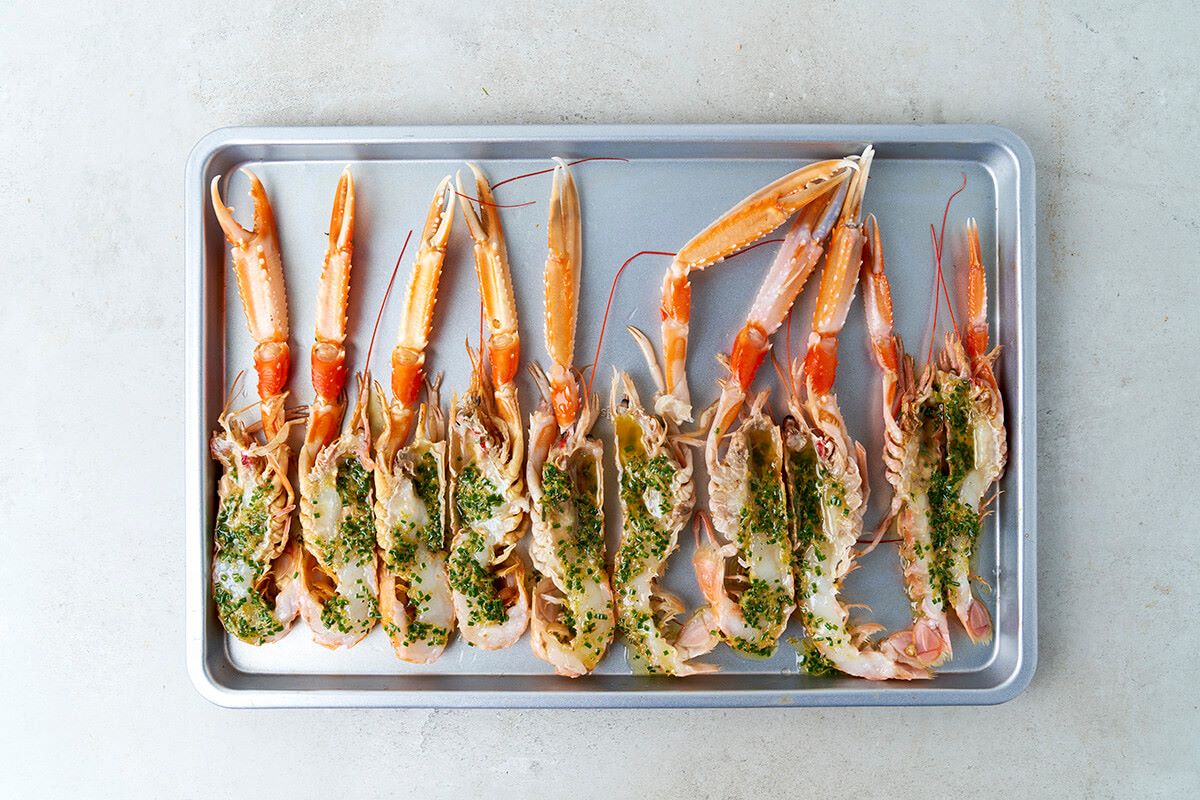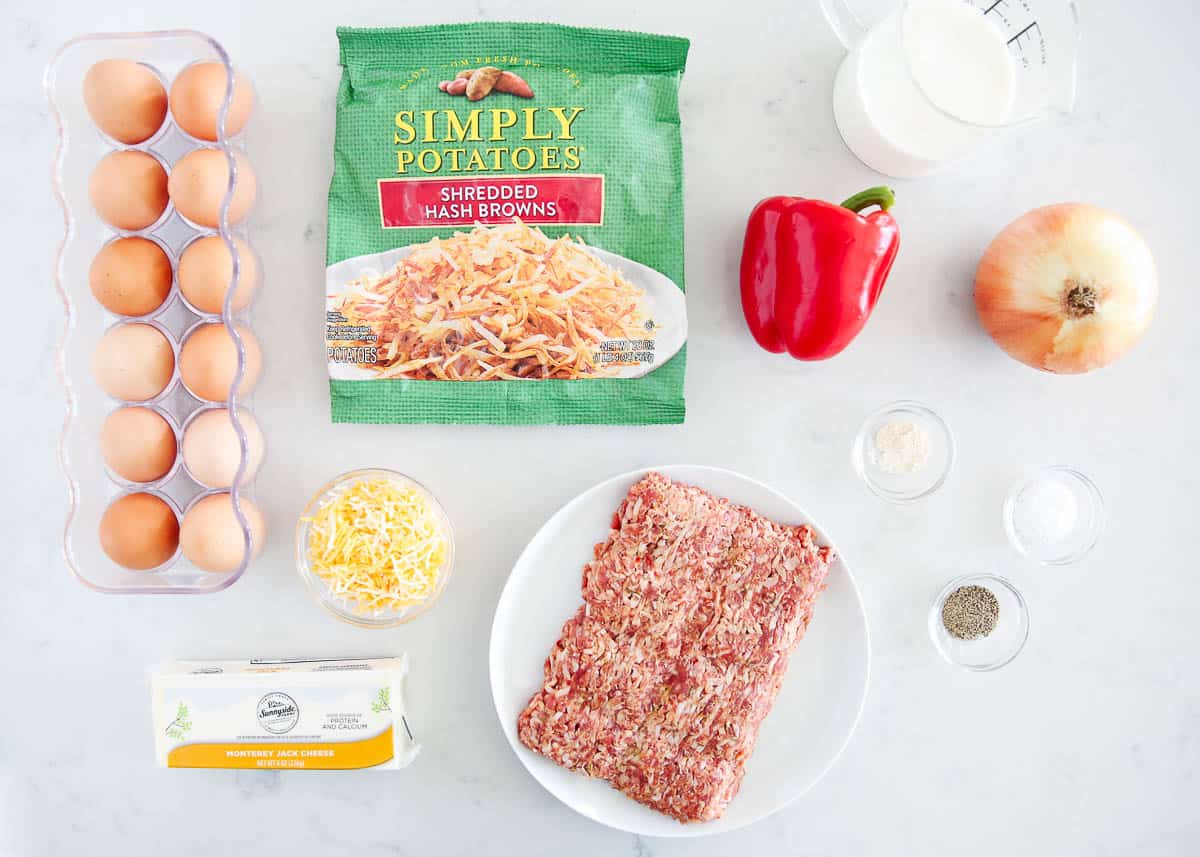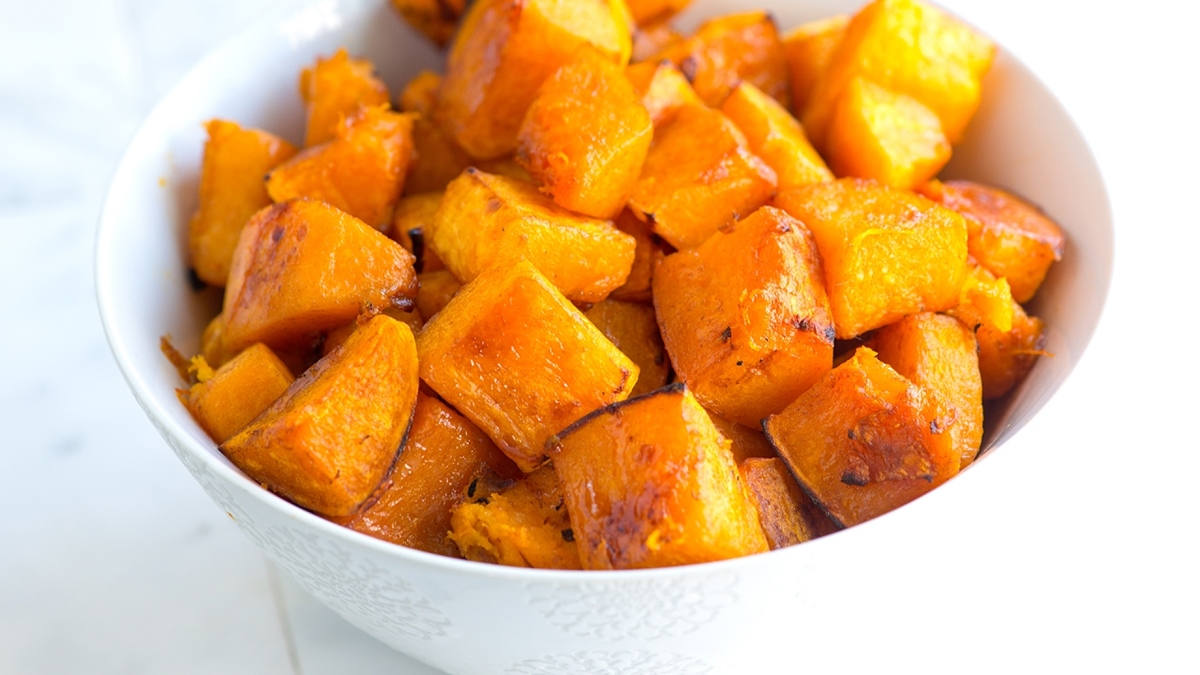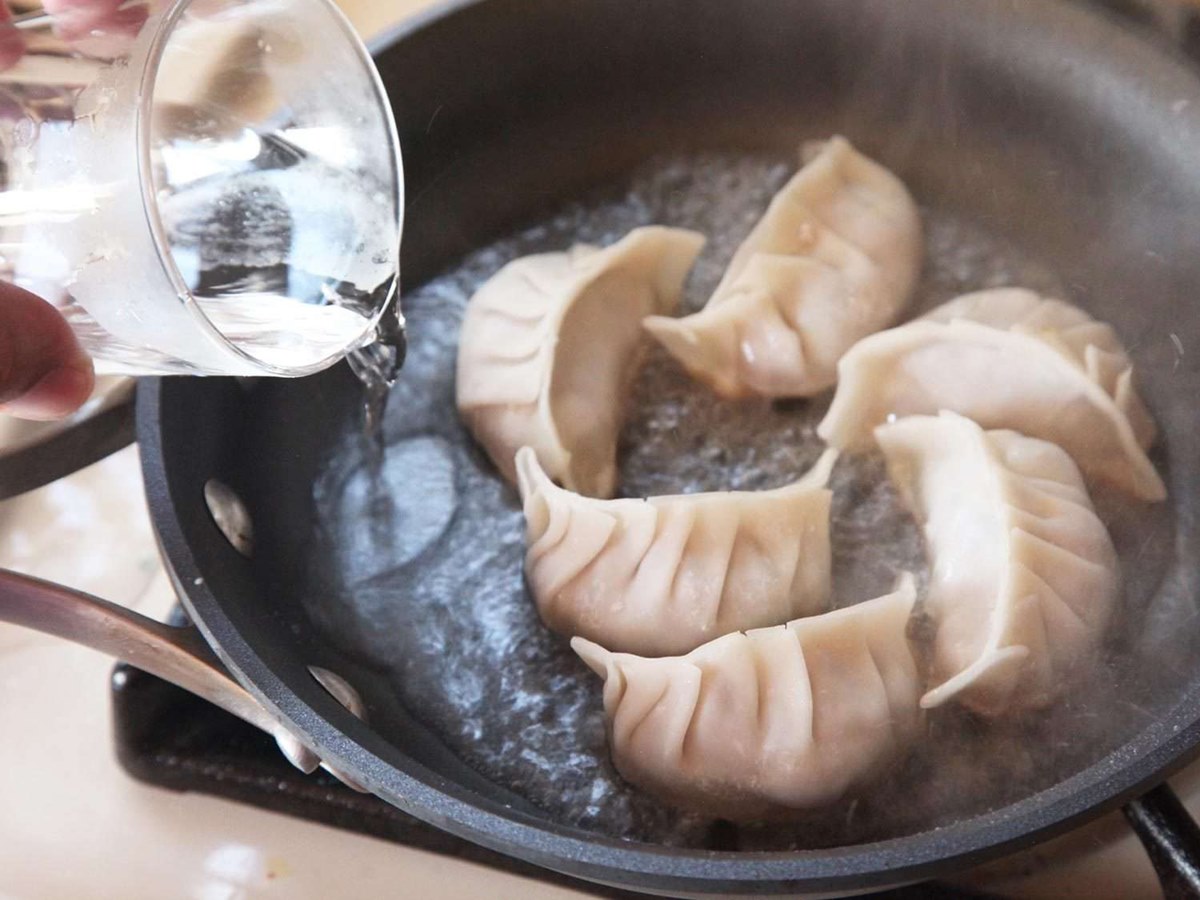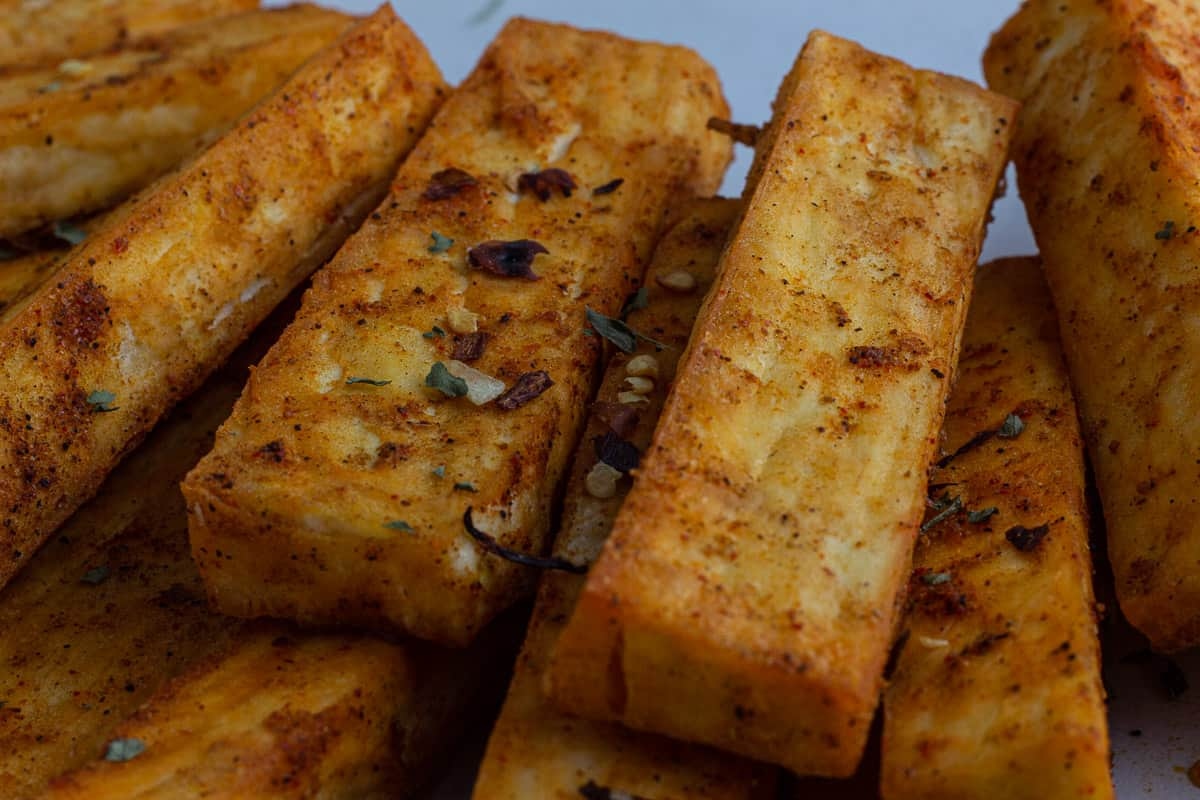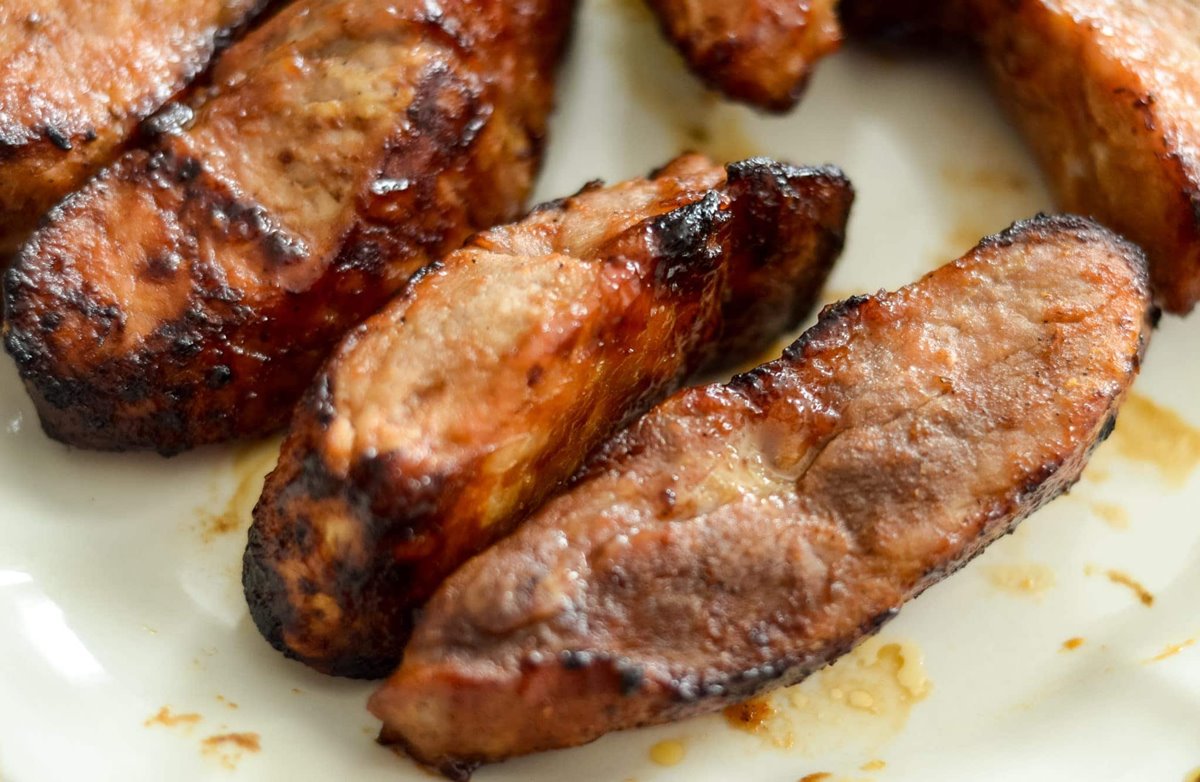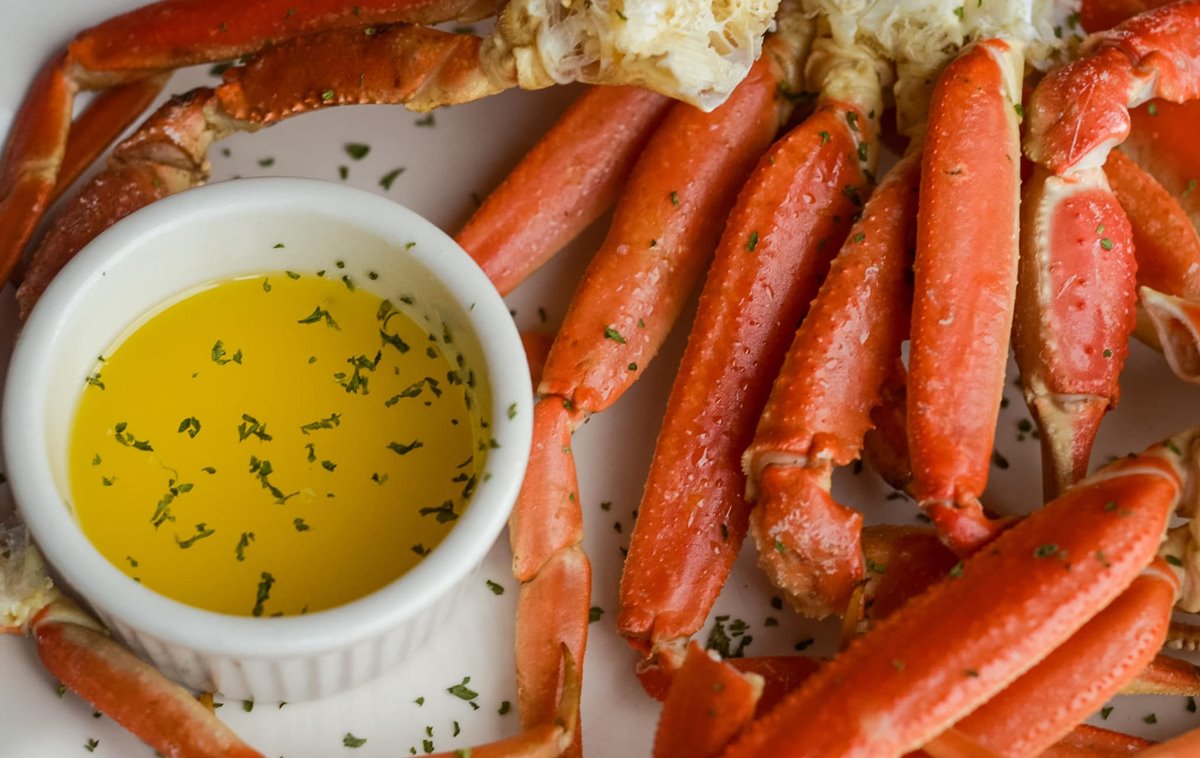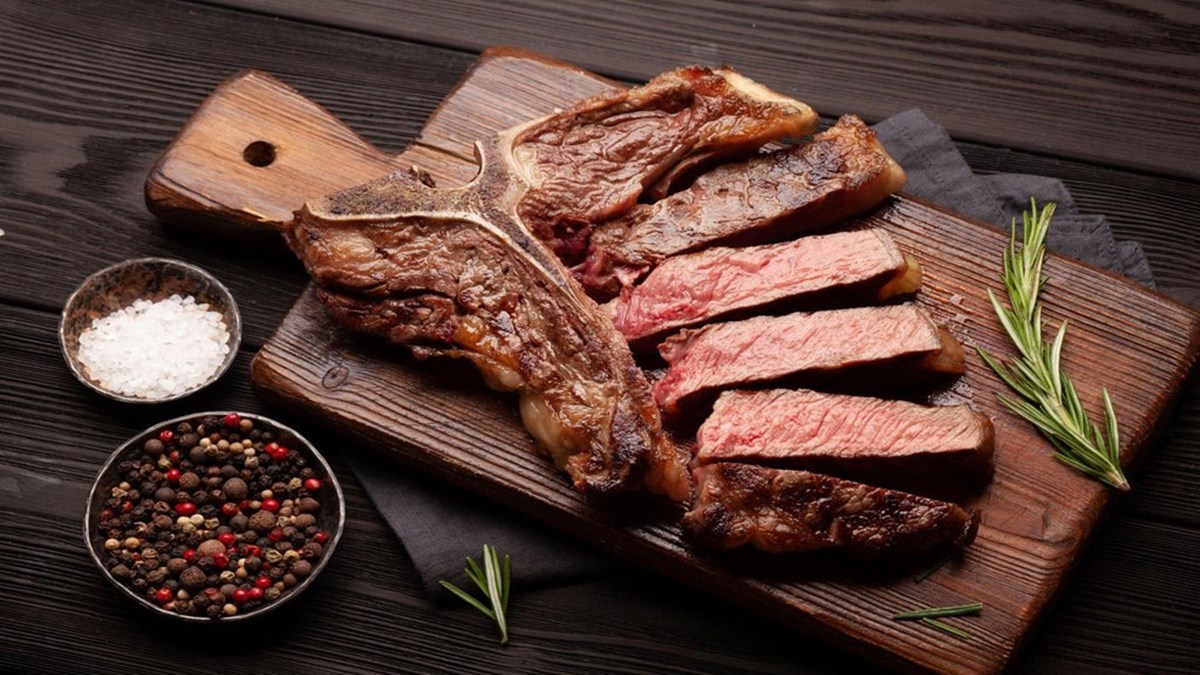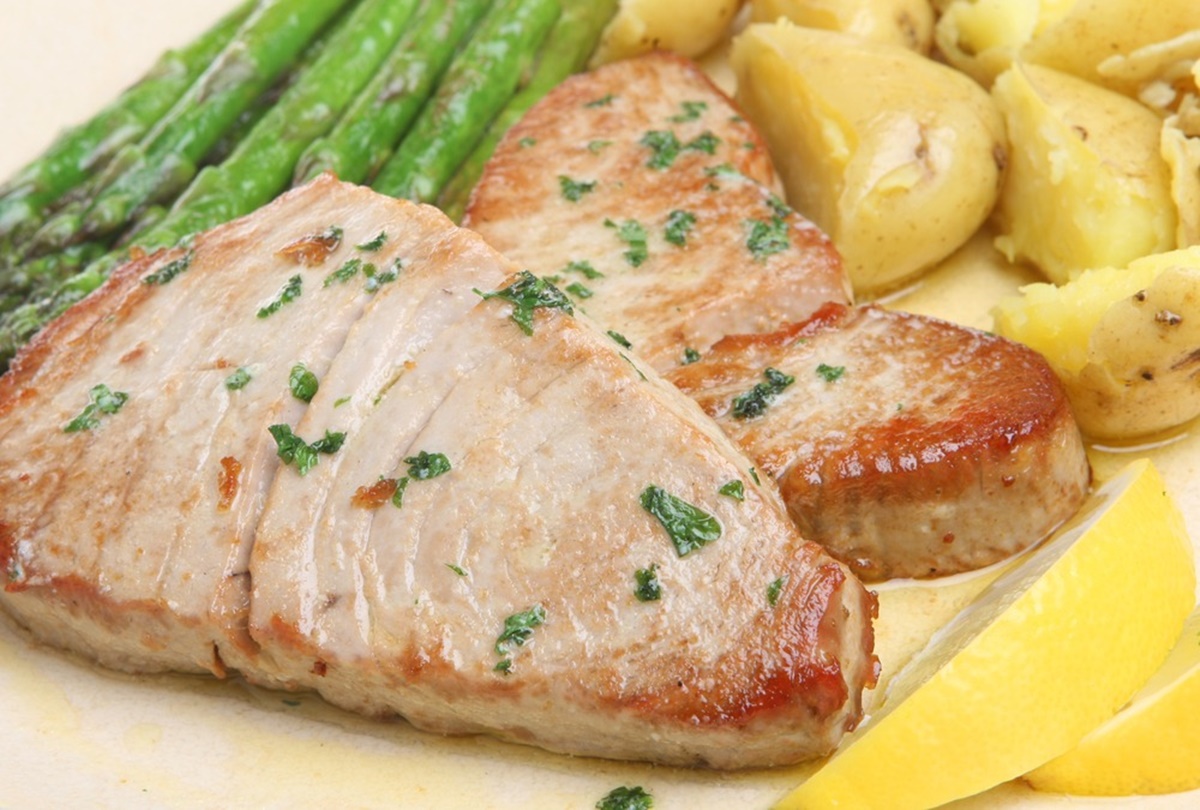Unlock the Deliciousness: How to Transform Frozen Mustard Greens into a Flavorful Delight
Greens are a staple in many cuisines around the world, and mustard greens are no exception. Packed with nutrients and a unique peppery flavor, these leafy greens can be a delightful addition to your meals. But what if you have a bag of frozen mustard greens sitting in your freezer? Don’t fret! With a little know-how, you can transform these frozen leaves into a delicious dish that will leave your taste buds wanting more. Let’s dive in and discover how to cook frozen mustard greens to perfection.
Preparation: Defrosting and Prepping
Before you embark on your culinary journey, it’s essential to properly defrost and prep the frozen mustard greens. Here’s what you need to do:
- Remove the frozen mustard greens from the packaging and transfer them to a colander.
- Place the colander in the sink and rinse the greens under cold water to remove any ice crystals.
- Allow the mustard greens to thaw completely. You can speed up the process by soaking them in a bowl of lukewarm water for a few minutes.
- Once thawed, gently squeeze the excess water out of the greens. This step will prevent them from becoming soggy during the cooking process.
- Finally, use a sharp knife to chop the mustard greens into your desired size. Whether you prefer larger pieces for a rustic dish or finely chopped greens for a smoother texture, it’s up to you!
Option 1: Sautéed Mustard Greens with Garlic
If you’re searching for a quick and flavorful way to cook frozen mustard greens, sautéing is the way to go. Here’s a simple recipe to get you started:
- Heat some olive oil in a large skillet over medium heat.
- Add minced garlic to the skillet and sauté for a minute until fragrant.
- Toss in the thawed mustard greens and cook for about 5-7 minutes, stirring occasionally, until they wilt.
- Season with salt, pepper, and a pinch of red pepper flakes for a little kick.
- Once the greens have softened to your liking, remove them from the heat and serve.
This sautéed version of frozen mustard greens pairs well as a side dish or can be added to pasta, stir-fries, or even omelets to elevate the flavors of your favorite recipes.
Option 2: Slow-Cooked Mustard Greens with Smoked Turkey
If you have a bit more time on your hands and want to infuse your greens with a smoky flavor, try slow-cooking them with smoked turkey. Here’s how:
- Start by browning a few pieces of smoked turkey in a large pot.
- Add chopped onions and cook until they become translucent.
- Gently place the thawed mustard greens into the pot, making sure they are evenly distributed.
- Season with salt, black pepper, and a touch of smoked paprika for an extra layer of smokiness.
- Pour in enough chicken or vegetable broth to cover the greens partially.
- Cover the pot and let the flavors meld together over low heat for at least one hour.
- Stir occasionally and add more broth if needed to prevent the greens from drying out.
- Once the mustard greens have reached your desired tenderness, remove the pot from the heat.
- Discard the smoked turkey bones (if any) and serve the greens as a comforting dish.
This slow-cooked method transforms frozen mustard greens into a rich, hearty dish that complements cornbread, rice, or mashed potatoes perfectly. It’s soul food at its finest!
Enjoy the Green Goodness!
Now that you know how to unleash the potential of frozen mustard greens, you can confidently add them to your culinary repertoire. Whether you opt for a quick sauté or a slow-cooked creation, these greens will bring freshness and a touch of boldness to any meal. So, grab that bag of frozen mustard greens from your freezer, get cooking, and enjoy the healthy deliciousness!
For anyone looking to cook frozen mustard greens, there are a few standout recipes that are worth trying. The Mustard Greens and White Bean Soup is a hearty option, perfect for a cold day. If you're in the mood for something creamy and indulgent, the Creamy Mustard Greens and Potato Gratin will hit the spot. Those who prefer a kick of spice should give the Spicy Mustard Greens and Chickpea Stew a go, while the Mustard Greens and Shrimp Stir-Fry offers a quick and flavorful dinner option. Lastly, the Mustard Greens and Lentil Curry is a great choice for anyone looking to enjoy a comforting, protein-packed meal.
Was this page helpful?
Read Next: How To Cook Sushi Rice In Microwave
